Search
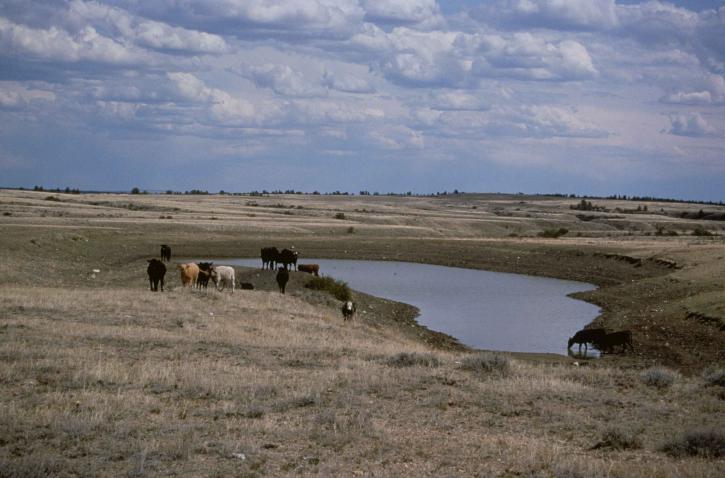
Ranch Drought Planning
Fact sheet with general drought planning tips from the range and natural resource perspective.
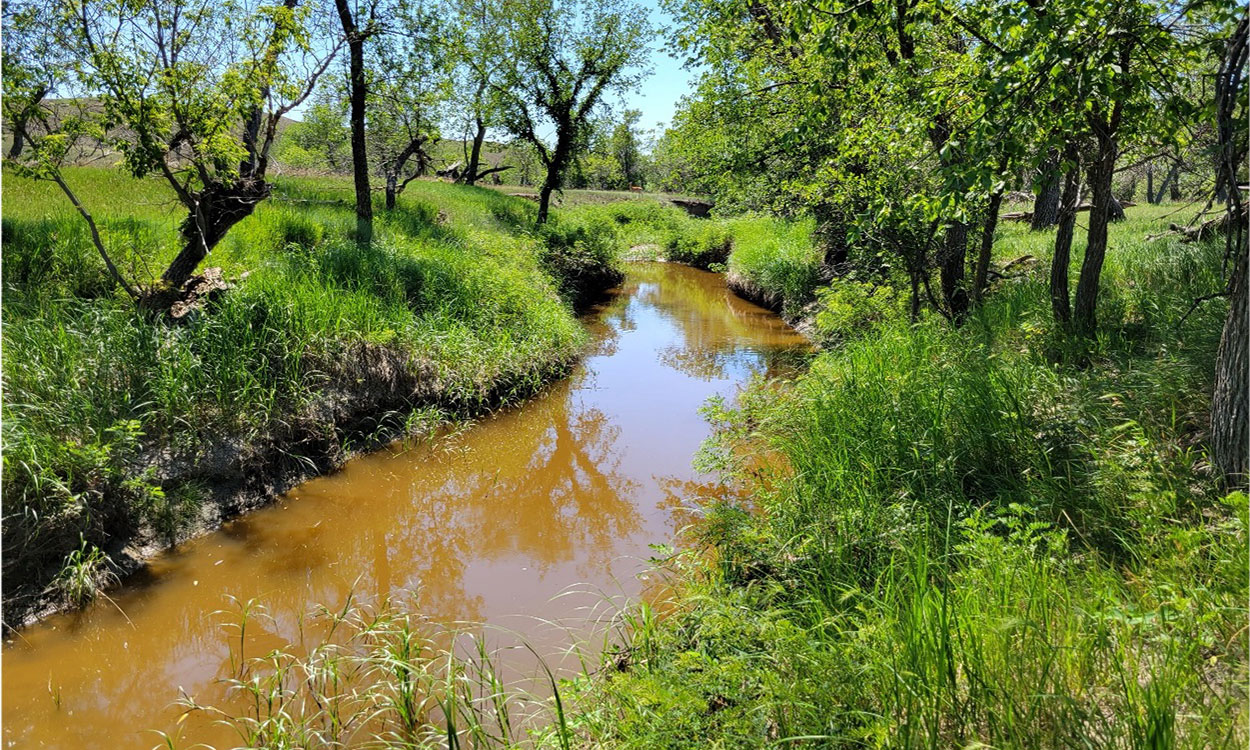
SDSU Extension offers workshop on riparian restoration on Sept. 5 in Newell
August 09, 2023
South Dakota State University Extension is partnering with The Nature Conservancy to offer a free, one-day workshop on riparian restoration.
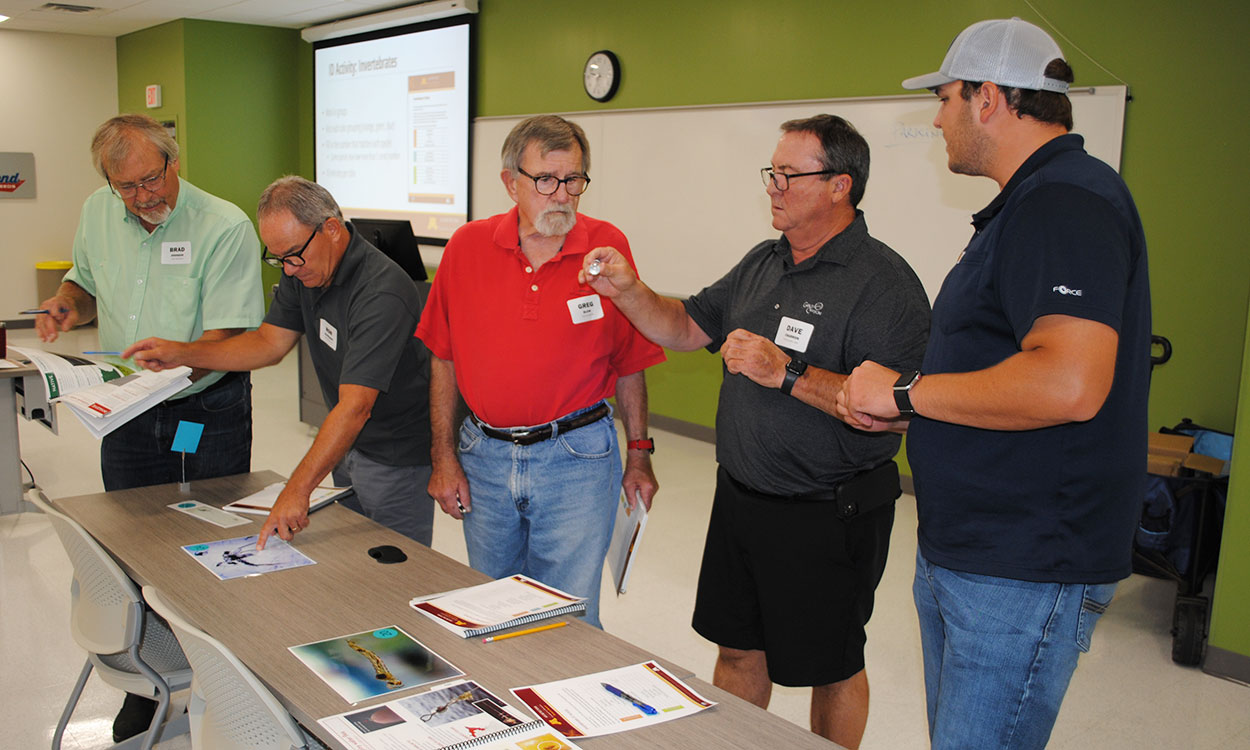
SDSU Hosts South Dakota Aquatic Invasive Species Citizen Monitoring Workshop
On August 10, 2023, the South Dakota Lakes and Streams Association, in conjunction with SDSU Extension, and the University of Minnesota held the inaugural South Dakota Aquatic Invasive Species Citizen Monitoring Workshop.
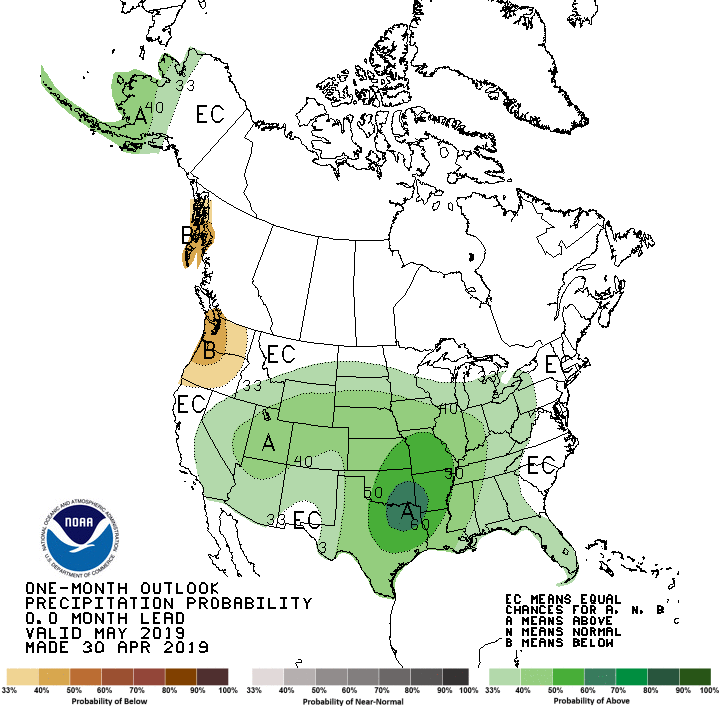
May 2019 Climate Outlook: April Showers Bring May Showers?
The precipitation outlook for May does not show much promise of relief from moisture, as wetter than average conditions are slightly more favored than drier conditions. In addition, cooler than average temperatures are more likely for the first half of May and could continue for much of the month.
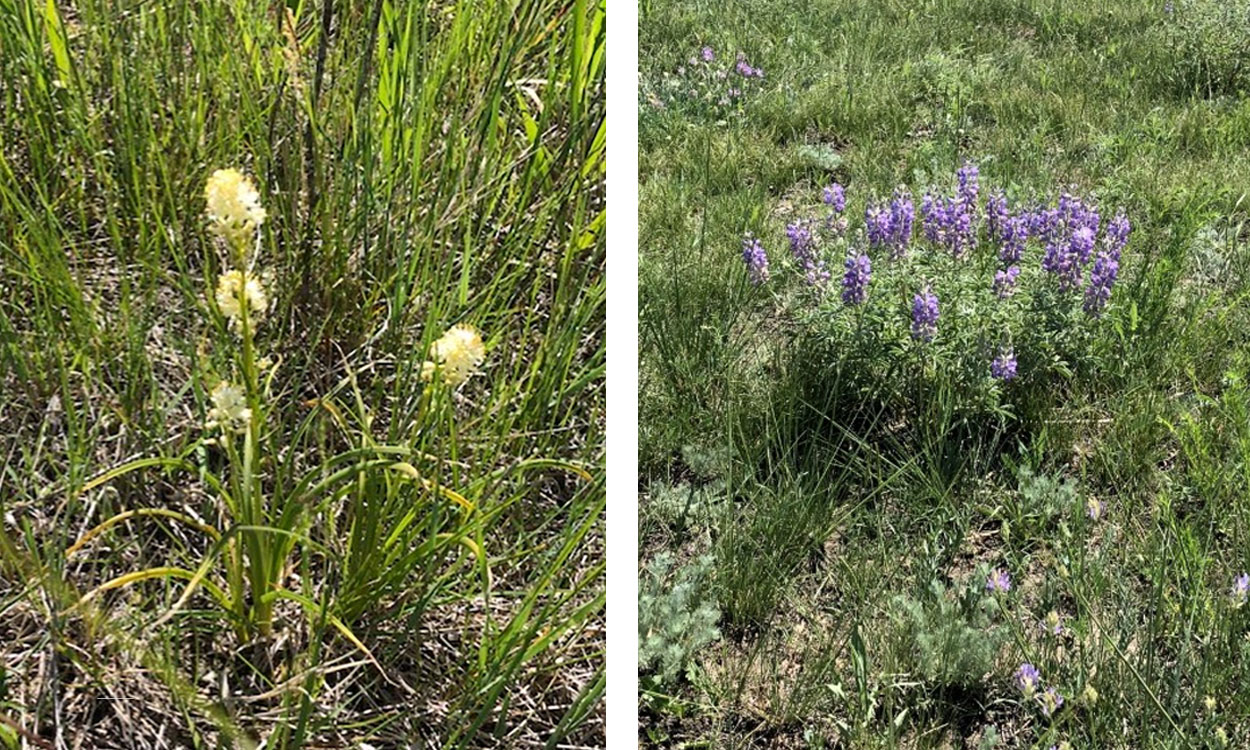
Poisonous Plants on Rangelands: Deathcamas and Lupine
With prolonged drought conditions throughout many areas of South Dakota, there is an increase of invasive weeds and poisonous plants on rangelands. Identification of poisonous plants is crucial to ensure livestock production is not compromised.
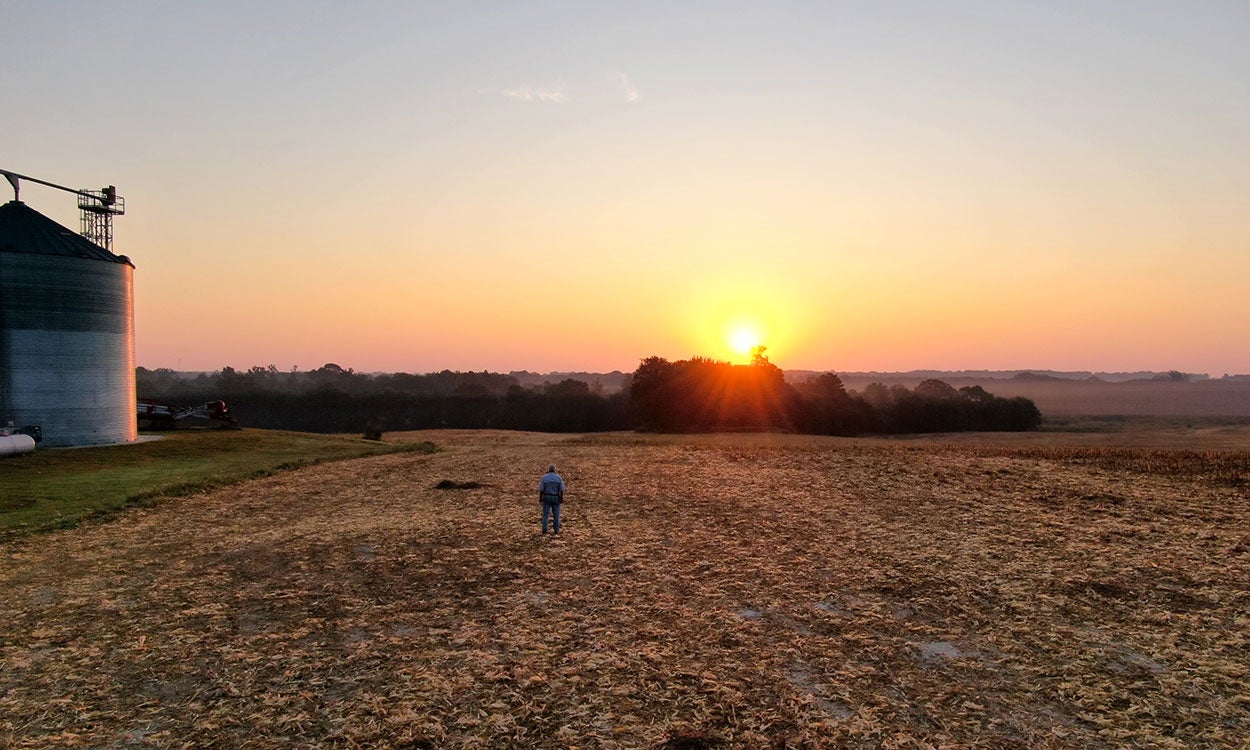
Does the GREET Carbon Model Address Soil Health Principles?
Learn how the recent Greenhouse Gases, Regulated Emissions, and Energy Use in Technologies (GREET) production model lines up with the Five Soil Health Principles.
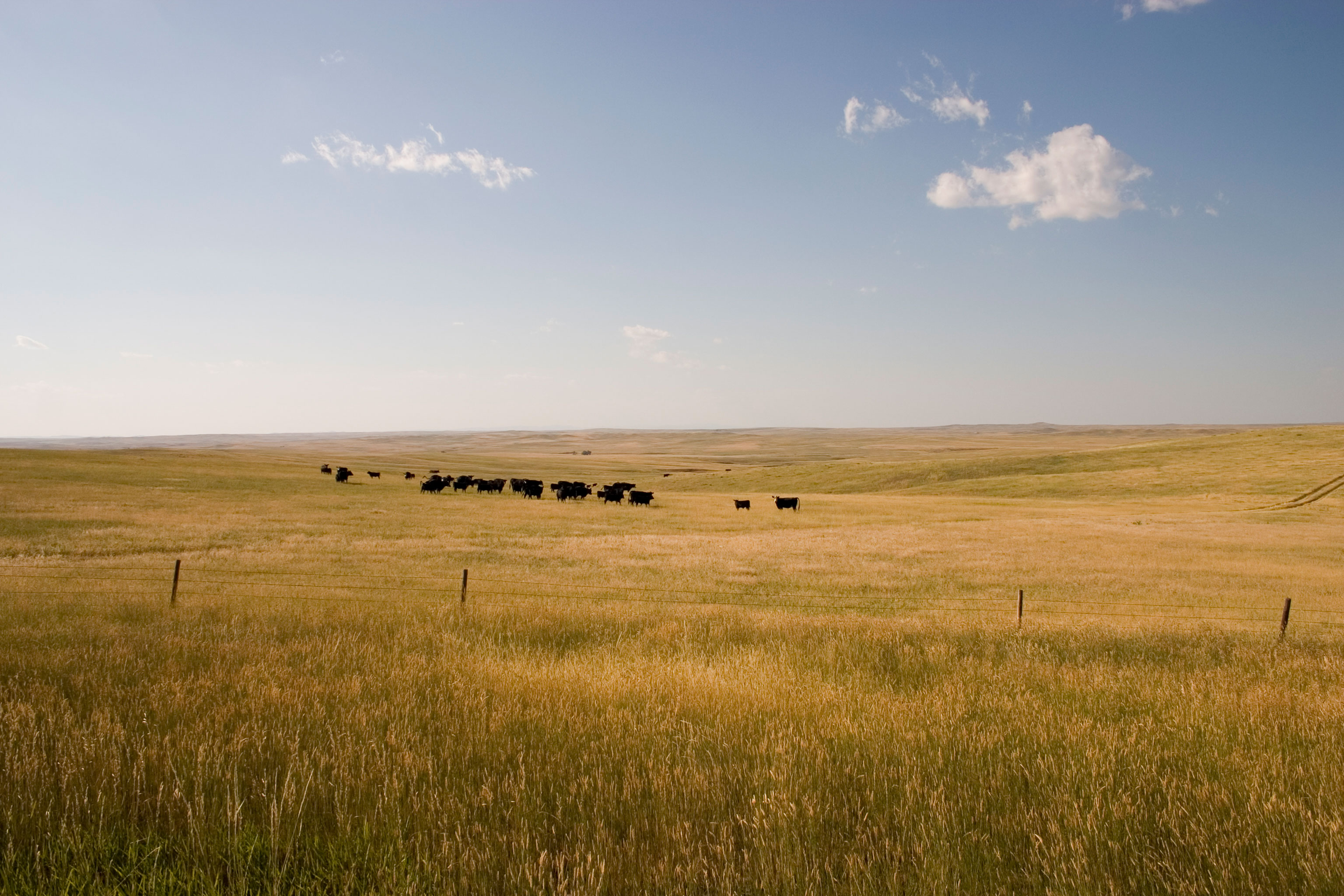
Rotational Grazing Improves Stocking Capacity and Ranch Profitability
Livestock stocking rate is considered as one of the most important decisions that ranchers can make, as heavy stocking rate causes grassland degradation and adversely impact the sustainable delivery of ecosystem services.
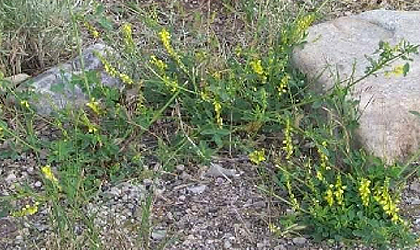
Sweet Clover Poisoning
Hay that contains sweet clover can be an excellent feed as long as the dicoumarol level is known and feeding management is used to prevent poisoning.
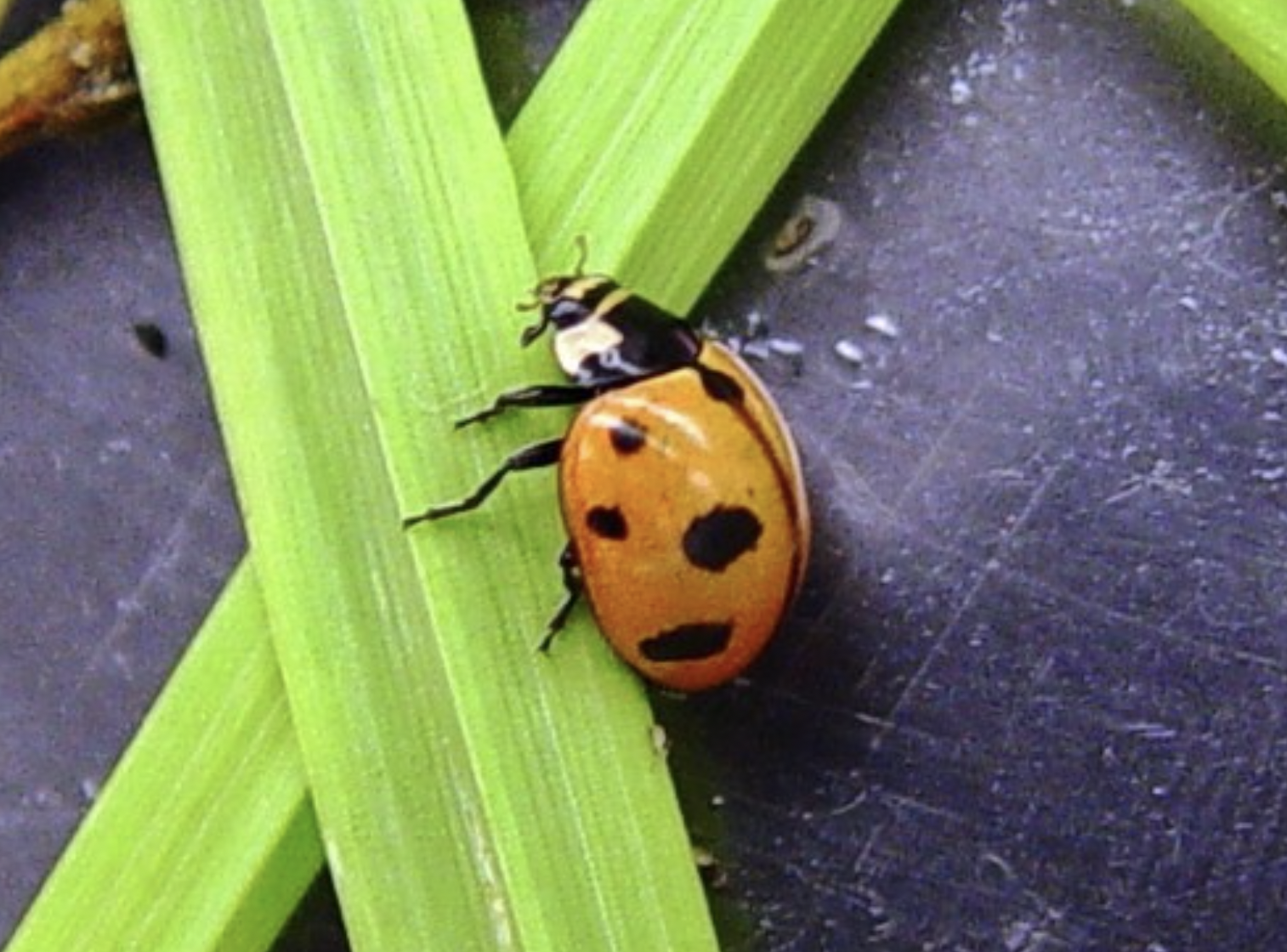
Lady Beetles of South Dakota
Lady beetles are one of the most familiar groups of beneficial insects. Farmers and gardeners appreciate them for devouring insect pests. Both adult lady beetles and caterpillar-like juveniles eat pests.
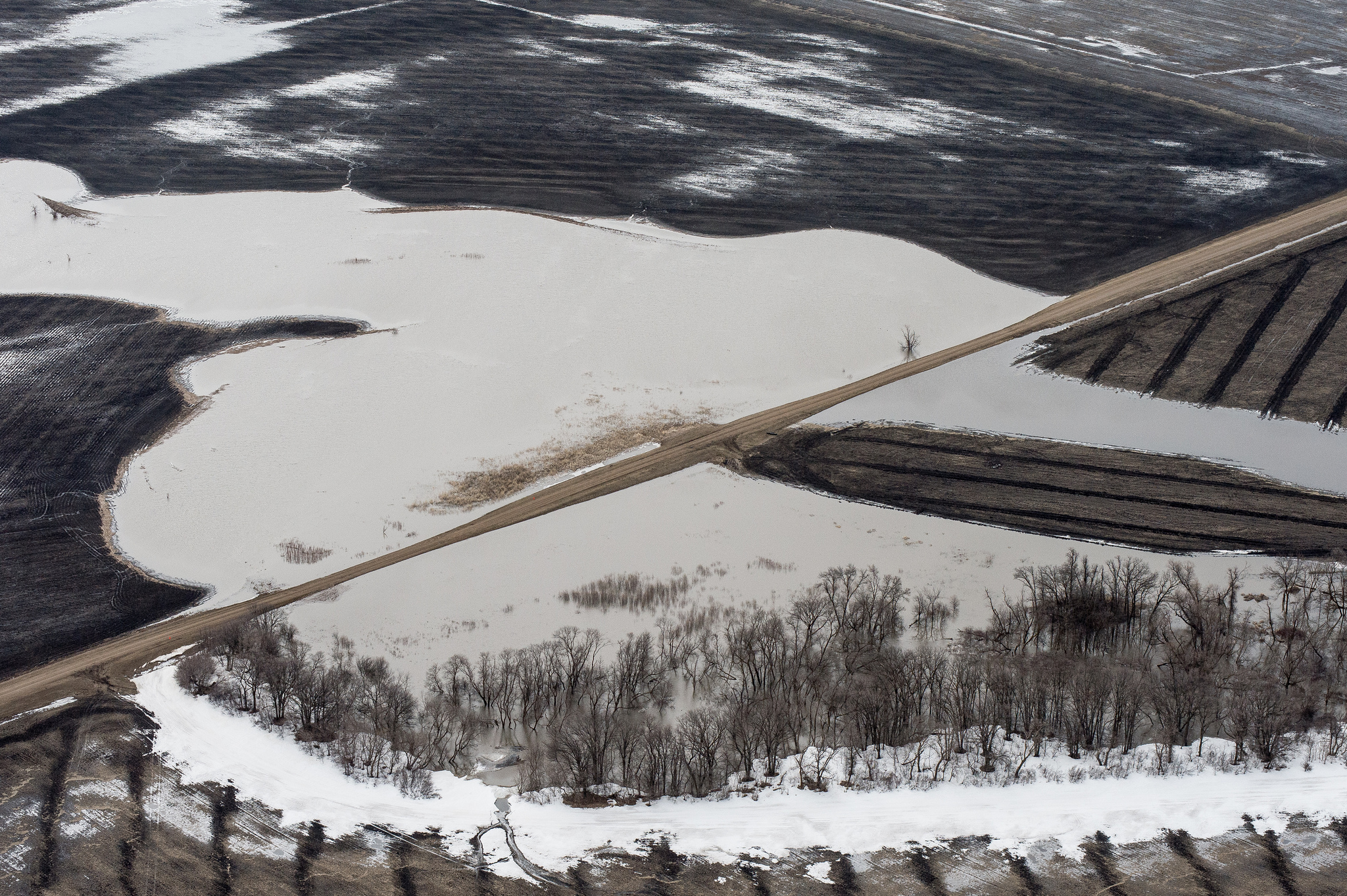
Managing Soil and Soil Fertility After Flooding
During floods, your fields will experience different amounts of erosion, sediment deposition, and crop residue accumulation. To avoid compaction of these soils it is crucial to let soils drain and dry out sufficiently before removing any large debris from fields or working the soil.